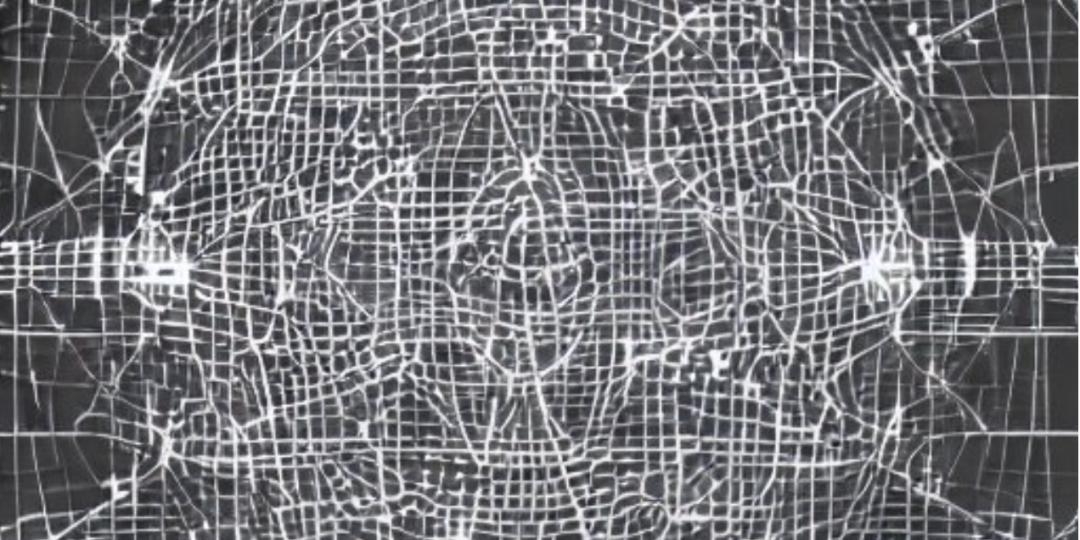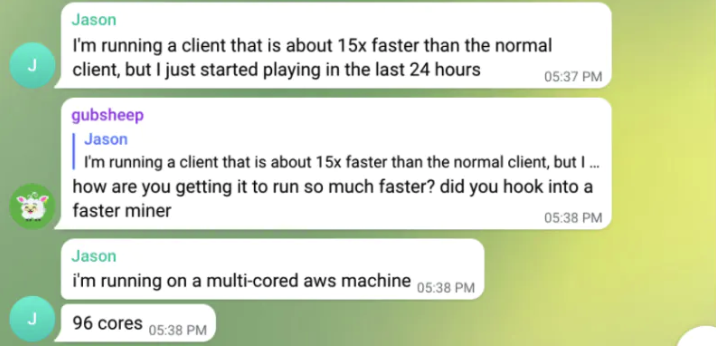
Author: @v3rafy
Translation: MetaCat
Formatting: MetaCat
- The First Criminal Case In Hong Kong Crypto Circle What is JPEX Guilty of?
- Exclusive Interview with DWF Labs We are not market makers, but liquidity providers
- Forking Sensation Why Forking is Wonderful?
A few months ago, before joining Lattice, I joked with Ludens (founder of Lattice) that the team should publish an article titled “Why Your Protocol Needs Physics.” This article is partly philosophical discourse, partly marketing propaganda (perhaps also partly nonsense), and it will explain why automated market makers (AMMs), decentralized lending markets (DeFi), and blockchain Layer1 and Layer2 protocols should incorporate concepts such as spatial coordinates and velocity to give them physical properties. It will integrate principles of light, energy conservation, and other physical principles into their underlying smart contracts and architecture.

The aforementioned inspiration comes from Ludens’ comments to me (also expressed in podcasts and speeches), which involve the inherent incompatibility between the computational limitations of current blockchains and universal physics. Ethereum has only one dimension: time, so EVM-compatible chains can only process transactions sequentially. The universe has four dimensions: three-dimensional Euclidean space (x, y, z) and time, which means events in the universe occur in parallel. Blockchain events are time-ordered, and the rate of information propagation is determined by the rate at which validator nodes package transactions. Events in the universe are influenced by relativity, and the speed of information propagation is limited by the speed of light.
Can we “assign” coordinates (positions) to smart contracts on the blockchain and restrict interactions with specific contracts to specific locations to simulate phenomena in universal physics and relativity? This would eliminate global state (as information propagates at the speed of light) and essentially parallelize the EVM by “cheating” the way state propagates in the blockchain network.
If Alice and Bob conduct a transaction in a specific region of space, it has no effect on whether Charlie can transact with Dave a million miles away. Although the EVM needs to order this transaction, smart contracts enforced by physics do not need to because they have the concept of spatial coordinates. From the perspective of the blockchain network, global block producers are no longer needed; only local block producers that coordinate transactions within the global scope are needed.
Other phenomena can also be unlocked through spatial coordinates, not just the hacker implementation of EVM parallelization. Examples of this can be found in the design of zkDungeon, a game that predates MUD (Lattice’s on-chain application operating system), as well as OPCraft and Sky Strife (the first two games we built on MUD). zkDungeon is a combination of a board game and an on-chain battle royale game, where players can build and mine territories, summon creatures, and trade resources such as gold and souls on a map.
Just like the assumed EVM, contracts have a defined coordinate on the map. Unlike the assumed EVM, the coordinates are not defined for the purpose of transaction parallelization. They exist to encourage “emergent” behavior, such as players establishing trade routes, maritime kingdoms, all of which will appear in automated market makers (AMMs) that are limited to “physical” locations. Through localized contracts, we can quickly integrate the trading market into the game and incentivize new player behaviors with curiosity to use them.
Screenshot of zkDungeon
Simple things like defining contract coordinates in metric space can have a huge impact, from creating new types of player behaviors to helping the EVM transition from today’s serial computers to higher-performance computing modes. We refer to these simple provisions as “digital physics” and I am willing to consider digital physics as a fundamental law of on-chain systems, which may resonate throughout the stack (from the application layer to the infrastructure layer).
There are also other examples of digital physics in well-known on-chain games. In “Dark Forest”, players can choose how to uncover the war fog map of the game. They can use the standard browser-based single-threaded JavaScript mining program of Dark Forest to calculate hash values and reveal the map. Or they can invest more CPU cores to calculate hash values by using a simple dropdown module. There are also custom miners written in Rust that can discover the map faster, or if players want to outsource mining, they can use remote miners running on servers or Raspberry Pis. One player attracted attention by achieving this on a 96-core AWS instance (which may cost around $3 per hour).

This behavior may be difficult to understand if you are not familiar with other plugins built by players for Dark Forest. As a game with dozens of permissionless plugins, players can also buy and sell equipment, planets, and even the coordinates of planets (in the information-incomplete war fog world, information itself can become a commodity in the game market, and even the most valuable one). Suddenly, mining in the Dark Forest universe became a completely rational economic behavior, similar to mining any valuable resource in the physical world.
The valid input you choose will have a huge impact and directly affect the digital physics of the system. Imagine that the map exploration speed in Dark Forest is static and players cannot customize the speed at which they want to explore the map. This would make the total size of the Dark Forest universe a linear function of the number of players and game time, rather than a function of these two factors plus cumulative resource consumption in mining. The game between players would be simpler: the most powerful players would be those who spend more time in the game or those who spend more real-world money to buy map coordinates. In the actual version of Dark Forest, a third variable is allowed, which is the computing resource for uncovering the universe based on the money players are willing to spend. In other words, by using the hash rate as input, users can better control how big they want the universe to be and increase the possibilities for future dynamic behaviors.
The autonomous world is an ideal breeding ground for “digital physics”. There is no best practice for what “strong” digital physics looks like, as it will depend on the chain-based world you design. Not every world needs operations limited to the grid or operations executed at the same speed as the expansion of your computing power in the universe. The most important aspect of digital physics is the resonance it can generate.
We believe that autonomous worlds are emerging from a primitive state. Just like the universe we inhabit, they require in-depth exploration to complement product-level experiments and technical documentation. We hope to organize the ideas, intuitions, mistakes, and insights we have gained while building autonomous worlds to make it easier for anyone exploring with us to approach the truth.
Related articles:
The autonomous world and fully chain-based games
Fully chain-based games: typical cases of autonomous worlds
Like what you're reading? Subscribe to our top stories.
We will continue to update Gambling Chain; if you have any questions or suggestions, please contact us!